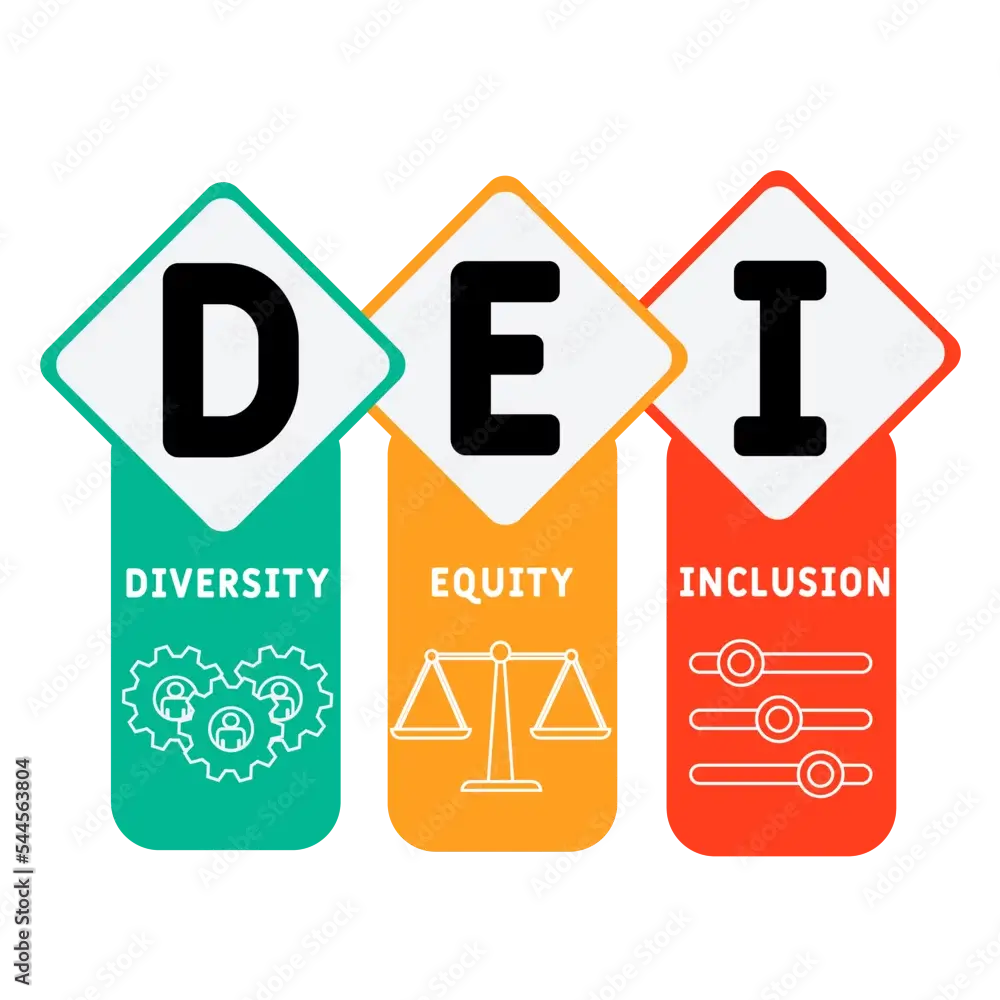Sanya Onayoade
Aisha, a team leader, noticed that certain members of her team were consistently quiet during meetings where critical decisions were being made. Instead of letting this pattern continue, she implemented a structured approach to ensure everyone had a chance to contribute. Aisha introduced anonymous digital feedback tools and smaller breakout discussions where quieter team members felt more comfortable sharing their ideas. As a result, the team began benefiting from a wider range of perspectives, leading to more innovative solutions and stronger collaboration. Aisha’s inclusive leadership style not only empowered quieter employees but also fostered a culture where every voice matterred.

Lisa, a dedicated team member, approached her manager, with a request to adjust her work hours to accommodate new childcare responsibilities. The organization traditionally adhered to a strict 9-to-5 schedule, and manager initially hesitated, concerned about potential disruptions to the team’s workflow. However, after discussing the details with Lisa and understanding her challenges, he approved the request and went further to offer additional resources, such as remote work options and flexible deadlines, ensuring Lisa felt supported both personally and professionally. This inclusive leadership approach not only enabled Lisa to balance her responsibilities but also boosted her confidence and productivity.
The Power of Inclusive Decision-Making
A well-known fashion brand once faced backlash after launching an ad campaign that was criticized for cultural insensitivity. The company had made key creative decisions in a boardroom that lacked diversity. After the controversy, they appointed a Chief Diversity Officer and implemented an inclusive leadership model where employees from diverse backgrounds reviewed campaigns before they went public.
A year later, their sales had rebounded, and customer sentiment improved. The change wasn’t just about avoiding PR crises—it led to more authentic and globally resonant campaigns that connected with broader audiences.
Inclusive leadership isn’t just about fairness; it’s a strategic advantage that helps organizations make better decisions and avoid costly missteps.
Inclusive Leadership at Microsoft
When Satya Nadella became CEO of Microsoft in 2014, he made inclusivity a core leadership value. Early in his tenure, he shared a personal story about growing up with a son who has cerebral palsy. This experience shaped his empathy and perspective on accessibility.

Under his leadership, Microsoft developed groundbreaking accessibility features, such as AI-powered tools for people with disabilities, including Seeing AI for the visually impaired. His commitment to inclusion didn’t just improve Microsoft’s culture; it also drove innovation, leading to products that served a broader customer base.
When leaders embrace inclusivity, they create workplaces that welcome diverse perspectives, which in turn fosters greater creativity and innovation.
The issue of DEI has been on the front burner lately, especially in the light of US President Donald Trump’s clampdown on DEI initiatives in all US federal establishments. In his first week of his second term, he issued executive orders aimed at eliminating DEI programs, asserting a return to merit-based systems. One such executive order, titled “Ending Radical And Wasteful Government DEI Programs And Preferencing,” mandates the termination of all DEI-related mandates, policies, programs, and activities within federal agencies. Agencies are required to report employees involved in DEI and “environmental justice” positions to the Office of Management and Budget.
Another executive order, “Ending Illegal Discrimination and Restoring Merit-Based Opportunity,” revokes previous directives that required federal contractors to avoid discrimination in employment practices based on race, color, religion, sex, sexual orientation, gender identity, or national origin. This order centralizes enforcement authority within the Department of Labor’s Office of the Assistant Secretary for Policy, reducing the roles of other agencies in overseeing anti-discrimination compliance.
Companies like Disney have come under federal investigation for their DEI programs.
Canada on the other hand, places a strong emphasis on Diversity, Equity, and Inclusion (DEI), integrating these principles into various aspects of its societal framework. This commitment is evident in government policies, corporate practices, and cultural initiatives across the country. Organizations such as the Canadian Centre for Diversity and Inclusion (CCDI) play a pivotal role in promoting DEI across the country
Companies increasingly rely on diverse, multidisciplinary teams that combine the collective capabilities of women and men, people of different cultural heritage, and younger and older workers. But simply throwing a mix of people together doesn’t guarantee high performance; it requires inclusive leadership — leadership that assures that all team members feel they are treated respectfully and fairly, are valued and sense that they belong, and are confident and inspired. Research cited by Harvard Business Review involving 3,500 ratings by employees of 450 leaders found that inclusive leaders share six behaviors — and that leaders often overestimate how inclusive they really are. The behaviours, according to the authors, Juliet Bourke and Andrea Titus, are: visible commitment, humility, awareness of bias, curiosity about others, cultural intelligence, and effective collaboration.
In today’s interconnected and diverse world, the significance of Diversity, Equity, and Inclusion (DEI) within organizational leadership cannot be overstated. Inclusive leaders not only champion fairness and respect but also drive innovation, enhance team performance, and foster environments where all individuals feel valued and empowered.
Understanding Inclusive Leadership
Inclusive leadership is characterized by a leader’s ability to recognize, appreciate, and effectively manage the diverse backgrounds, perspectives, and experiences of their team members. Such leaders actively cultivate a culture of respect, equity, and belonging, ensuring that every individual has the opportunity to contribute meaningfully and thrive within the organization.

The Impact of Inclusive Leadership
The influence of inclusive leadership extends across various facets of an organization:
- Enhanced Team Performance: Teams led by inclusive leaders are more likely to be high-performing, as diverse perspectives contribute to better decision-making and problem-solving.
- Increased Innovation: Inclusive environments encourage the free exchange of ideas, leading to heightened creativity and innovation. Diverse teams are 19% more innovative, as they bring varied viewpoints to the table. (REF: qualtrics.com)
- Improved Employee Engagement and Retention: When employees feel included and respected, they exhibit higher job satisfaction and are less likely to leave the organization, thereby reducing turnover costs. ifeel (REF: ifeelonline.com)
- Competitive Advantage: Organizations that practice inclusive leadership benefit from more effective talent management, alignment, and team performance, contributing to building a high-performance organization.
Strategies for Developing Inclusive Leadership

To cultivate inclusive leadership within your organization, consider the following strategies:
- Deepen Self-Awareness: Reflect on personal biases and understand how they may influence decisions and interactions.
- Foster Social Awareness: Develop an understanding of different cultural norms and values to navigate diverse work environments effectively.
- Listen to Understand: Actively listen to employees’ experiences and perspectives to build trust and understanding within the team.
- Create Connections: Encourage teamwork and value each member’s contributions to foster a sense of belonging and mutual respect.
- Make a Meaningful Impact: Hold oneself and others accountable for promoting diversity, equity, and inclusion within the organization.
Conclusion
Inclusive leadership is more than a management style—it’s a commitment to building equitable workplaces that thrive on diversity. Leaders who embrace this approach will not only make a difference but also shape the future of work for generations to come.

